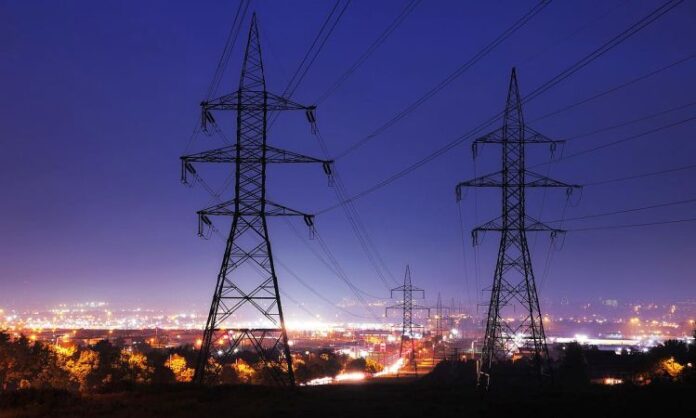New Delhi: The Central government has launched a portal named PUShP to ensure greater availability of power during the peak demand season. Union power & new and renewable energy minister RK Singh launched the portal at a virtual function in New Delhi yesterday in presence of over 200 stakeholders from state governments and the power sector.
The PUShP portal has been designed in a way to map a national level utilisation mechanism vis-à-vis availability of power during the peak demand hours. It will help in the flexibilisation of power purchase agreements (PPAs) for optimal utilisation of resources and reducing power costs. The portal will help states get a better view of the country’s generating capacity. At present, this capacity remains underutilised due to PPAs and non-availability of a consolidated supply-demand scenario.
Also Read: Indian railways prioritises coal transport to meet power plants’ needs
Last year, the power ministry after taking note of the fact that on some days the prices in the electricity exchange had gone upto ₹20, had given directions to the Central electricity regulatory commission (CERC) to put a price cap of ₹12 on the exchange, so that there is no profiteering. The cap was imposed from April last year in ‘day ahead market & real time market’, and further in all segments from May 6, 2022.
This move rationalized the price for buyers. Because of the high prices of gas in the international market; the electricity made by using gas was expensive – more than ₹12 per unit – and this capacity could not be sold on the market. Similarly, the imported coal-based plants and the renewable energy (RE) stored in battery-energy storage systems could not be brought into operation, as their generation cost was high.
Also Read:‘Renewable energy share goes up 27.5% in total power generation
This year it is expected that the demand will be much higher (estimated to be 229 GW next month) than last year therefore, the gas-based plants and the imported coal-based plants will need to be scheduled – and that is why a separate segment has been carved out for those generation systems where the cost of generating power – from gas / imported coal / RE plus storage – may cross ₹12. This separate segment is called HP DAM, said a ministry’s statement.
Speaking on the occasion, power minister Singh, said that the HP—DAM was part of the overall strategy to ensure that all available power capacity is utilized for supply the power to consumers. Explaining the operation of the HP-DAM, he said that nobody would be allowed to charge exorbitant rates. “Only those generating capacities which have cost of producing power of more than ₹12 per unit would be allowed to operate in HP-DAM. If the cost of production is less than ₹12, the generators will have to offer power in the power exchange’s integrated day ahead market (I-DAM) only with a ceiling price of ₹12,” said the minister.
Also Read: Regulatory commission okays power tariff hike in Bihar next year
Singh asked the CEA and grid controller to ensure that prices are reasonable in the HP-DAM and take necessary action to ensure that no power producers charges exorbitant prices, which are much than the cost of production. He said India was a very stable power market as against the case in some developed countries where a situation of power tariff much higher than the cost of production was seen last year.
The surplus power portal is a one-of-its-kind initiative, reflecting the ingenuity of the power ministry and the regulator. Distribution companies (Discoms) have tied up long term PPAs for power supply. They have to pay fixed charges even when they do not schedule the power. Now the Discoms will be able to indicate their surplus power in block times / days / months on portal. Those Discoms, which need power will be able to requisition the surplus power.
The new buyer will pay both variable charge (VC) and fixed cost (FC) as determined by Regulators. Once power is reassigned, the original beneficiary shall have no right to recall as entire FC liability is also shifted to the new beneficiary. Financial liability of new buyer shall be limited to quantum of temporary allocated / transferred power. This will reduce the fixed cost burden on the Discoms, and will also enable all the available generation capacity to be utilized.
Also Read: Jharkhand power body plans 20% hike in tariff to tide over losses
Minister of state of power and heavy industries Krishan Pal Gurjar, secretary, ministry of power Alok Kumar, chairman, Central Electricity Authority (CEA) Ghanshyam Prasasd, CMD, IEX, SN Goel, CMD, Grid India, SR Narsimhan, along with many senior officials of power ministry were present on the occasion.




